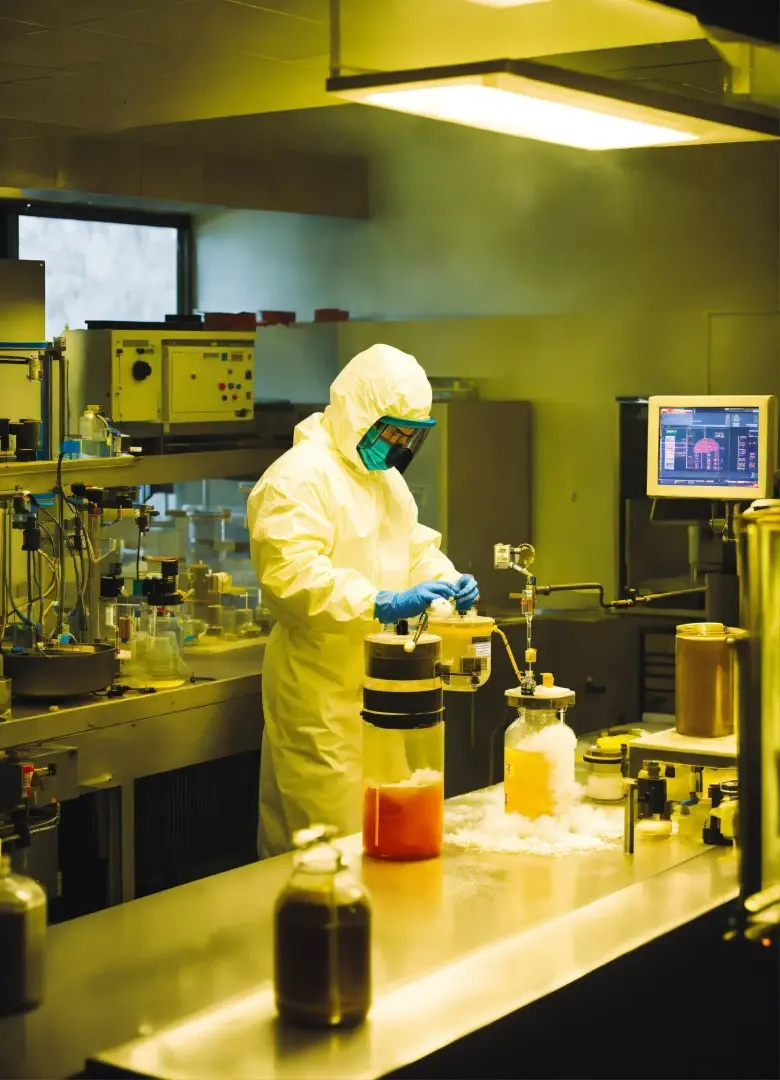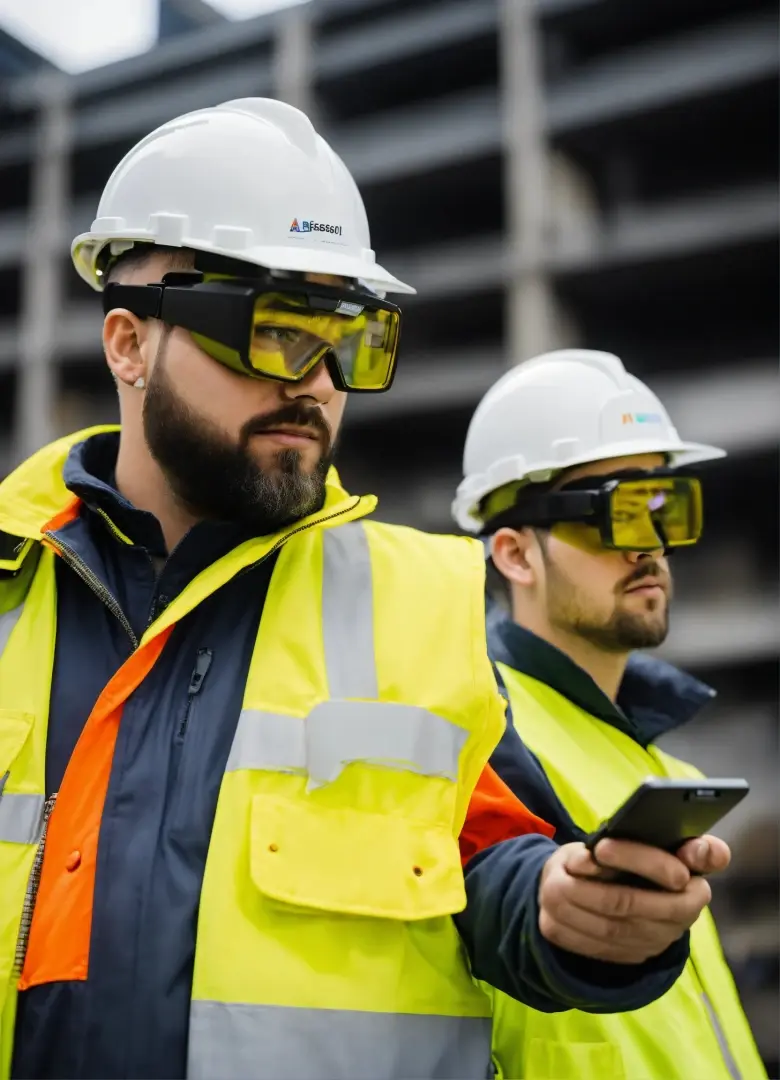ABOUT US
Shaping our future
With all the global problems our planet faces today,
communities of people concerned with them are growing
to prevent the negative impact.
Personal Protective Equipment (PPE) is essential in various industries to ensure the safety and health of workers. Here’s a breakdown of the end-user PPE requirements across different sectors such as Manufacturing, Construction, Automotive, Oil and Gas, and Others:
1. Manufacturing
Key Hazards:
- Machinery accidents
- Chemical exposure
- Noise pollution
- Flying debris
Common PPE:
- Head Protection: Hard hats
- Eye Protection: Safety goggles or face shields
- Hearing Protection: Earplugs or earmuffs
- Respiratory Protection: Masks or respirators
- Hand Protection: Cut-resistant gloves, chemical-resistant gloves
- Body Protection: Aprons, coveralls, high-visibility clothing
- Foot Protection: Steel-toe boots
2. Construction
Key Hazards:
- Falls from heights
- Falling objects
- Equipment accidents
- Noise
Common PPE:
- Head Protection: Hard hats
- Eye Protection: Safety glasses or goggles
- Hearing Protection: Earplugs or earmuffs
- Respiratory Protection: Dust masks, respirators
- Hand Protection: Work gloves
- Body Protection: High-visibility vests, coveralls
- Foot Protection: Steel-toe boots, slip-resistant shoes
- Fall Protection: Harnesses, safety nets
3. Automotive
Key Hazards:
- Chemical exposure
- Mechanical injuries
- Noise
- Fire hazards
Common PPE:
- Head Protection: Bump caps (if necessary)
- Eye Protection: Safety glasses or face shields
- Hearing Protection: Earplugs or earmuffs
- Respiratory Protection: Masks, respirators
- Hand Protection: Mechanic gloves, chemical-resistant gloves
- Body Protection: Overalls, flame-resistant clothing (if welding)
- Foot Protection: Steel-toe boots
4. Oil and Gas
Key Hazards:
- Explosions
- Chemical exposure
- Falling objects
- Fire hazards
Common PPE:
- Head Protection: Hard hats
- Eye Protection: Safety goggles or face shields
- Hearing Protection: Earplugs or earmuffs
- Respiratory Protection: Gas masks, respirators
- Hand Protection: Chemical-resistant gloves, cut-resistant gloves
- Body Protection: Flame-resistant clothing, high-visibility clothing
- Foot Protection: Steel-toe boots
- Fire Protection: Fire-resistant suits
5. Other Sectors (e.g., Healthcare, Laboratories, Food Industry)
Healthcare:
- Key Hazards: Biological exposure
- Common PPE: Surgical masks, face shields, gloves, gowns, goggles
Laboratories:
- Key Hazards: Chemical spills, biological exposure
- Common PPE: Lab coats, safety goggles, gloves, face shields
Food Industry:
- Key Hazards: Contamination, cuts
- Common PPE: Hairnets, gloves, aprons, slip-resistant shoes
General Recommendations:
- Training: Ensure all employees are trained in the proper use and maintenance of PPE.
- Inspection: Regularly inspect PPE for damage or wear.
- Fit Testing: Ensure PPE fits correctly for maximum protection.
- Compliance: Follow industry-specific regulations and standards (e.g., OSHA, ANSI).
Each industry has unique PPE requirements tailored to specific hazards. Proper assessment and implementation of appropriate PPE can significantly reduce workplace injuries and health risks.
Start writing here...





